Hydropower
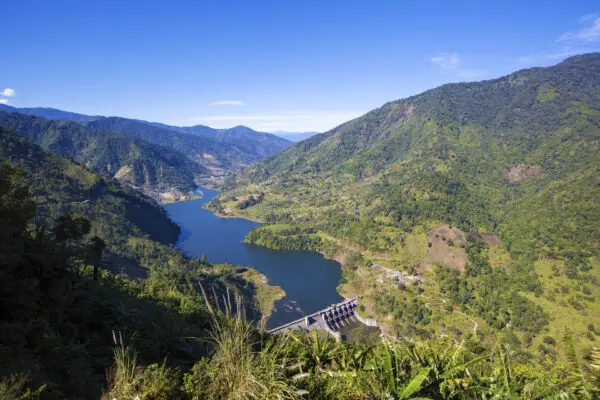
The development and management of energy resources give rise to many challenges concerning location, sustainability, the supply chain for fuels and building materials, and increasing energy demands due to technological advancements.
SEA can support governments in the transition towards a carbon neutral economy. It can also support decision-making on the future fuel mix of a country, and on site selection for new energy infrastructure. Many countries are making the transition to renewable energy, which will lead to the extraction of more (critical) minerals. This may have considerable negative environmental and social effects, which can be avoided and mitigated by applying SEA. ESIA can subsequently be applied at project level, for instance on a hydropower dam, an offshore wind park, a green hydrogen facility or oil and gas extraction projects.
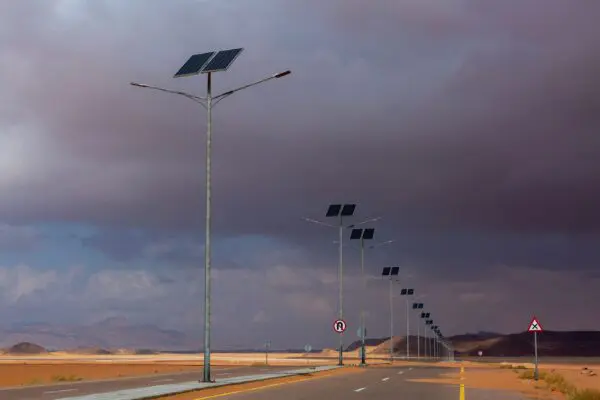

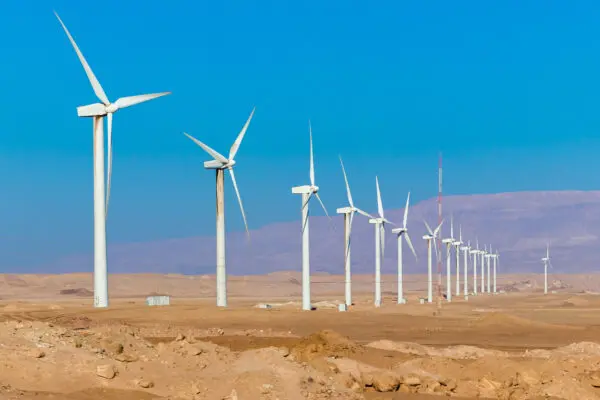
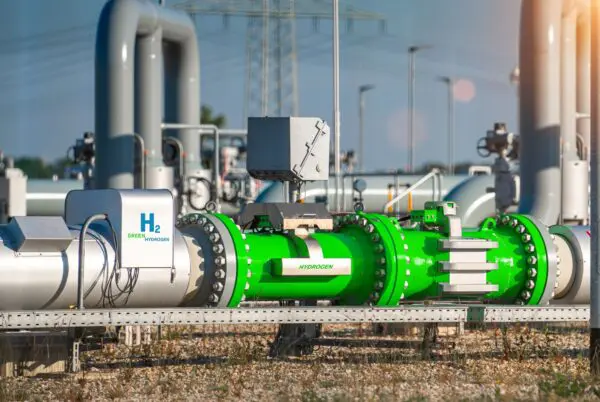
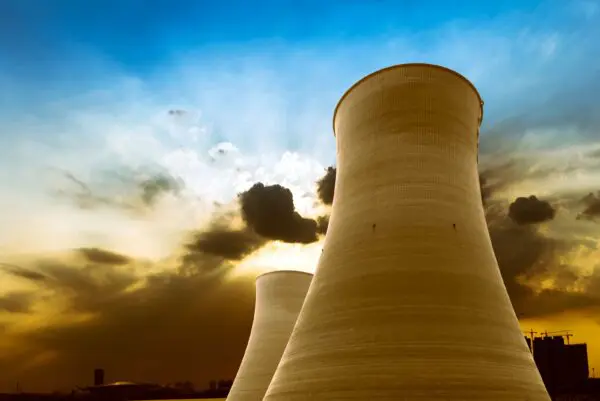
NCEA reviewed the Terms of Reference for the ESIA for the AMAN green hydrogen project.
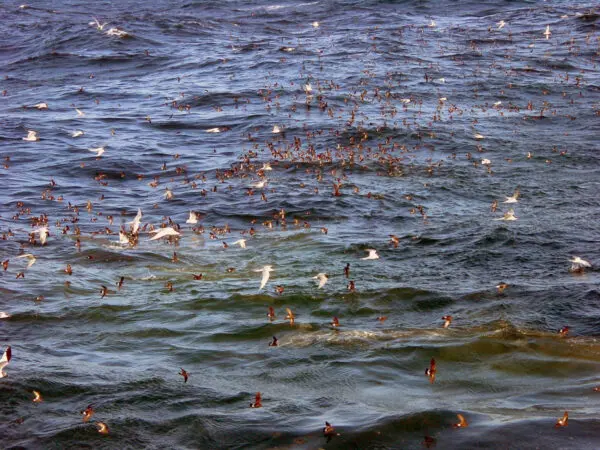
The Ministry of Energy has asked NCEA's support on a SESA for their Master Plan for Hydropower development.
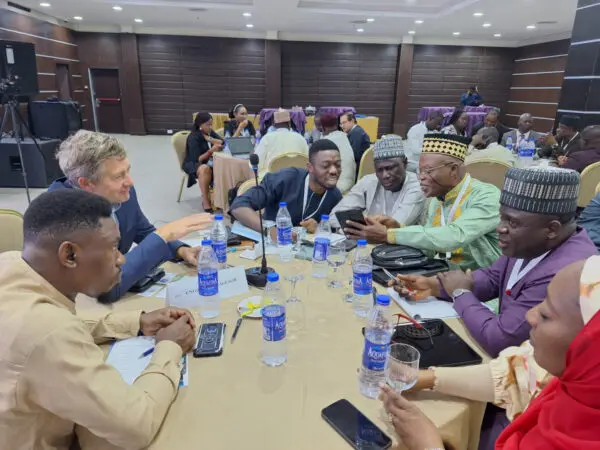
The NCEA carried out an independent review of the SESA of the Nuclear Power Programme in Kenya.
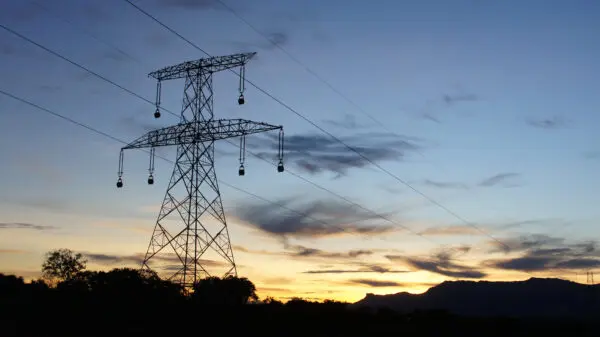
For more information, contact our focal point Arend Kolhoff.